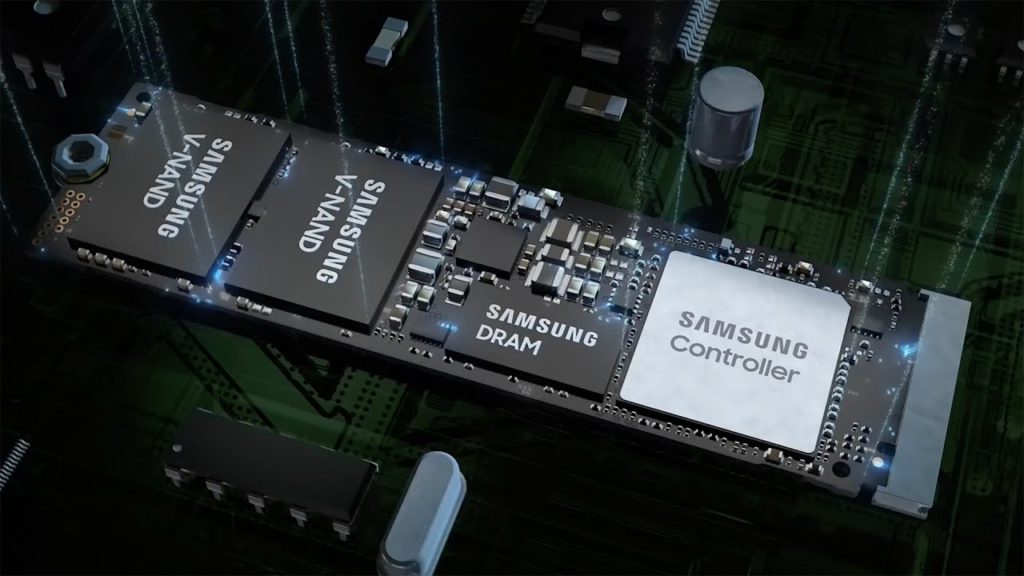The first steps toward building 11 new semiconductor plants in Texas have been taken by Samsung. The business has submitted 11 requests for tax credits for the construction of the buildings with the Taylor and Manor school systems. These applications, which are part of the Chapter 313 incentives programme that expires this year, were published on the Texas comptroller’s website on Wednesday in the late afternoon. If approved, they would represent a $192 billion investment and potentially 10,000 employment.
These figures surpass any single Intel investment announcement and are typically reserved for federal government level projects. Additionally, it represents a four-fold investment in local manufacturing capacity compared to the existing $52 billion United States Innovation and Competition Act (USICA). Bipartisan disagreements over it in congress have even forced Intel to postpone the launching of its new facilities in Ohio while threatening to relocate to more promising grounds in the heart of Europe.
The earliest of the 11 new semiconductor plants that Samsung plans to construct is expected to start operations in 2034. Others wouldn’t go online until around 2042. Given that Samsung just announced a $17 billion manufacturing site in Taylor, also in Texas, if its objective is realised, the corporation will invest $217 billion in Texan semiconductor manufacturing infrastructure.
Additionally, nine of the new facilities will be situated in Taylor, presumably making use of the infrastructural expenditures needed for the first such fab. The last two will be held in Austin, where Samsung has a facility since 1996.
Both CPU and DRAM production are being carried out at the current Samsung Austin factory.
About 1,800 of the new jobs, or Samsung’s $24.5 billion investment, would be in Austin, while Taylor could gain 8,200 additional jobs, or Samsung’s $167.6 billion investment, would be in Austin. Texas already contributes 25% of its output to the semiconductor sector, and this percentage seems certain to rise.

In January of this year, a disaster at Samsung Austin that released 763,000 gallons (2.8 million litres) of toxic waste and negatively affected neighbouring ecosystems made headlines. The impacts were so severe, according to a study written by an environmental officer who worked for Austin City Council, that “almost no surviving aquatic species” was the outcome.
Samsung’s investment strategy follows the relatively shaky performance of its manufacturing business unit. Manufacturers who are aggressive and technologically advanced have swamped the NAND market. YMTC recently unveiled its 172-layer 3D NAND technology, Micron recently unveiled its new 232-layer products, and Kioxia is considering the 7-bit-per-cell approach for a significant boost in NAND density.
Also Read:







